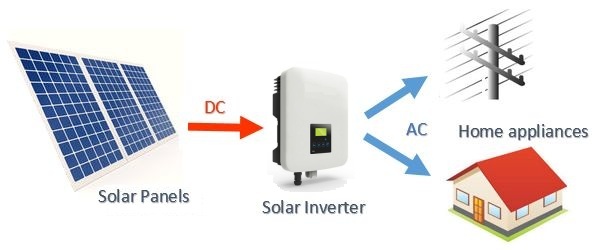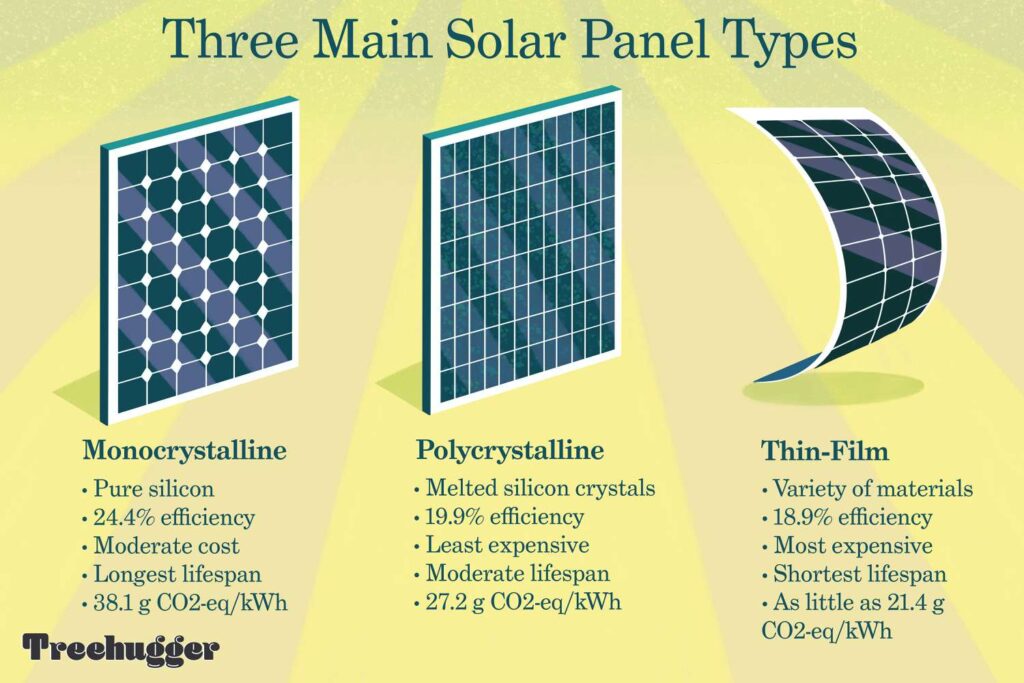
1. How Solar Power Works

- The photovoltaic effect: Solar panels, made up of solar cells, convert sunlight into electricity using the photovoltaic effect. When light particles (photons) strike the solar cell, they knock electrons loose, generating an electric current.
- Solar inverter: The generated electricity is in the form of direct current (DC). A solar inverter converts DC into alternating current (AC), making it suitable for use in homes and businesses.
- Grid connection and energy storage: Excess solar power can be fed back into the grid for credits or stored in batteries for later use when sunlight is not available.
2. Advantages of Solar Power

- Renewable and abundant: Solar power is a clean, renewable energy source that relies on the sun, which is virtually inexhaustible.
- Low operating costs: Once installed, solar power systems require minimal maintenance and have low operating costs, resulting in long-term savings.
- Reduces greenhouse gas emissions: Solar power reduces the dependence on fossil fuels, decreasing greenhouse gas emissions and helping combat climate change.
- Increases energy independence: Solar power allows individuals and businesses to produce their own electricity, reducing reliance on the grid and increasing energy security.
3. Types of Solar Panels and Technologies

- Monocrystalline solar panels: Made from a single crystal structure, these panels are highly efficient but more expensive.
- Polycrystalline solar panels: Composed of multiple crystal structures, these panels are slightly less efficient but more affordable.
- Thin-film solar panels: These lightweight, flexible panels are less efficient but can be used in a variety of applications.
4. Homes and Businesses

- Rooftop solar installations: Solar panels can be installed on rooftops to generate electricity for homes and businesses, reducing energy bills and carbon footprints.
- Community solar projects: For those who cannot install solar panels on their property, community solar projects allow multiple participants to share the benefits of a single solar installation.
- Solar-powered products: A variety of solar-powered products, such as solar water heaters and solar outdoor lighting, can help reduce energy consumption and costs.
5. The Future

- Technological advancements: Ongoing research and development in solar technology will likely lead to increased efficiency and affordability.
- Integration with energy storage: As battery technology improves, solar power systems can be combined with energy storage to provide greater grid flexibility and reliability.
- Expanding access: Innovative financing and business models will make solar power more accessible to a wider range of individuals and communities.
Conclusion: Solar power has emerged as a key player in the global transition to renewable energy. As technology continues to advance and the world strives to mitigate the impacts of climate change, solar power will undoubtedly play a crucial role in shaping our energy future. By harnessing the sun’s abundant energy, we can pave the way for a more sustainable, greener, and brighter tomorrow.

